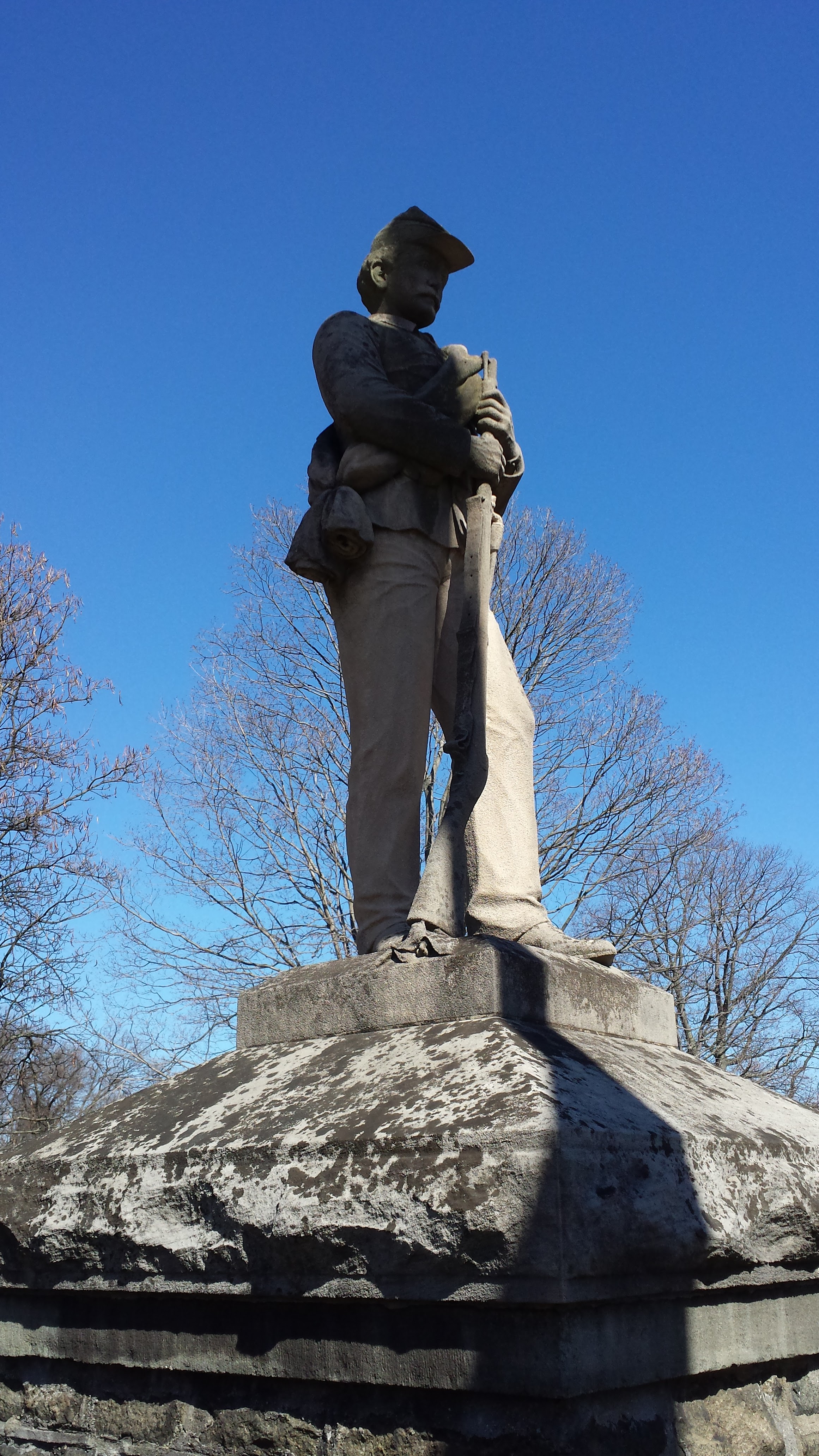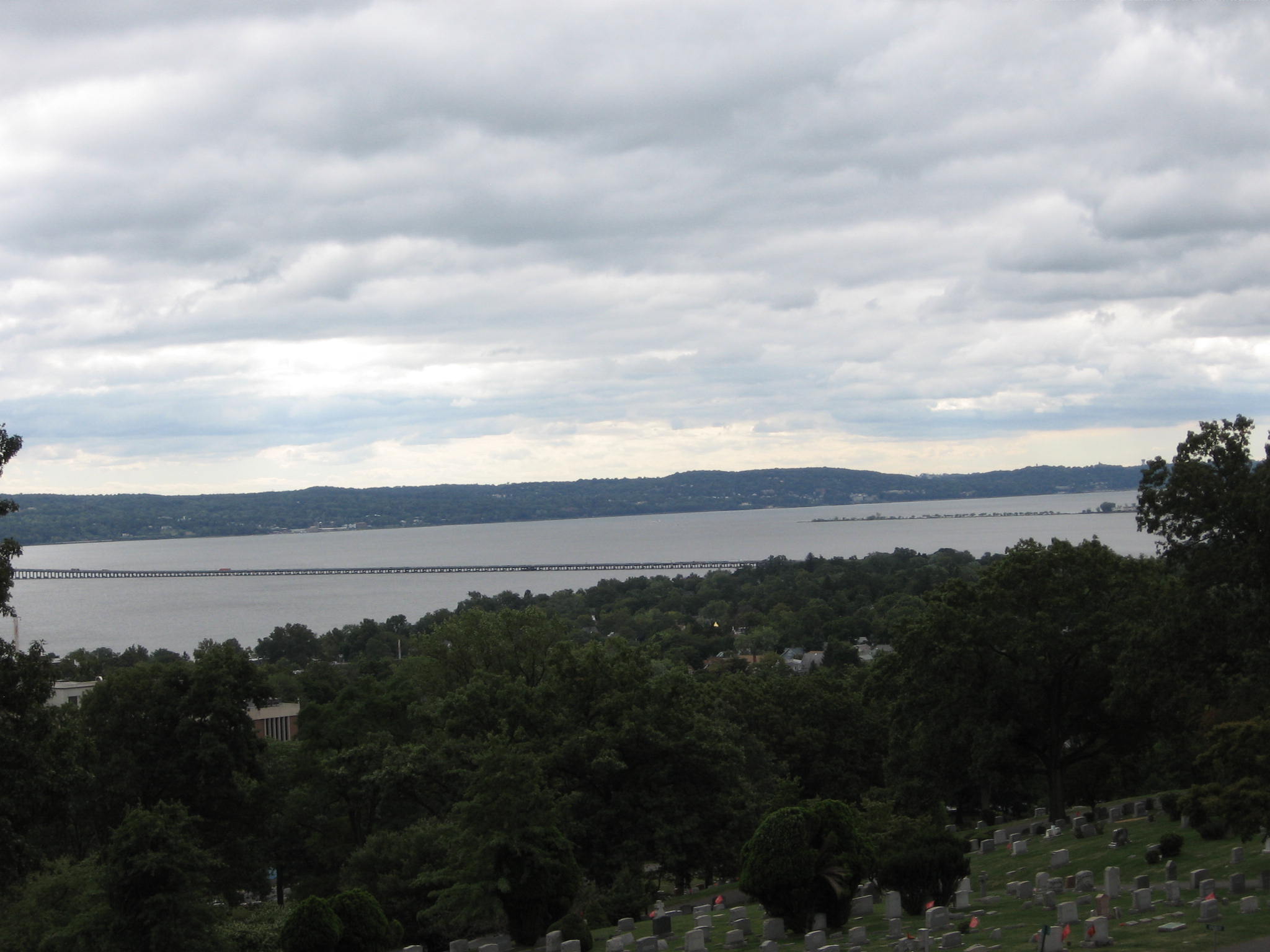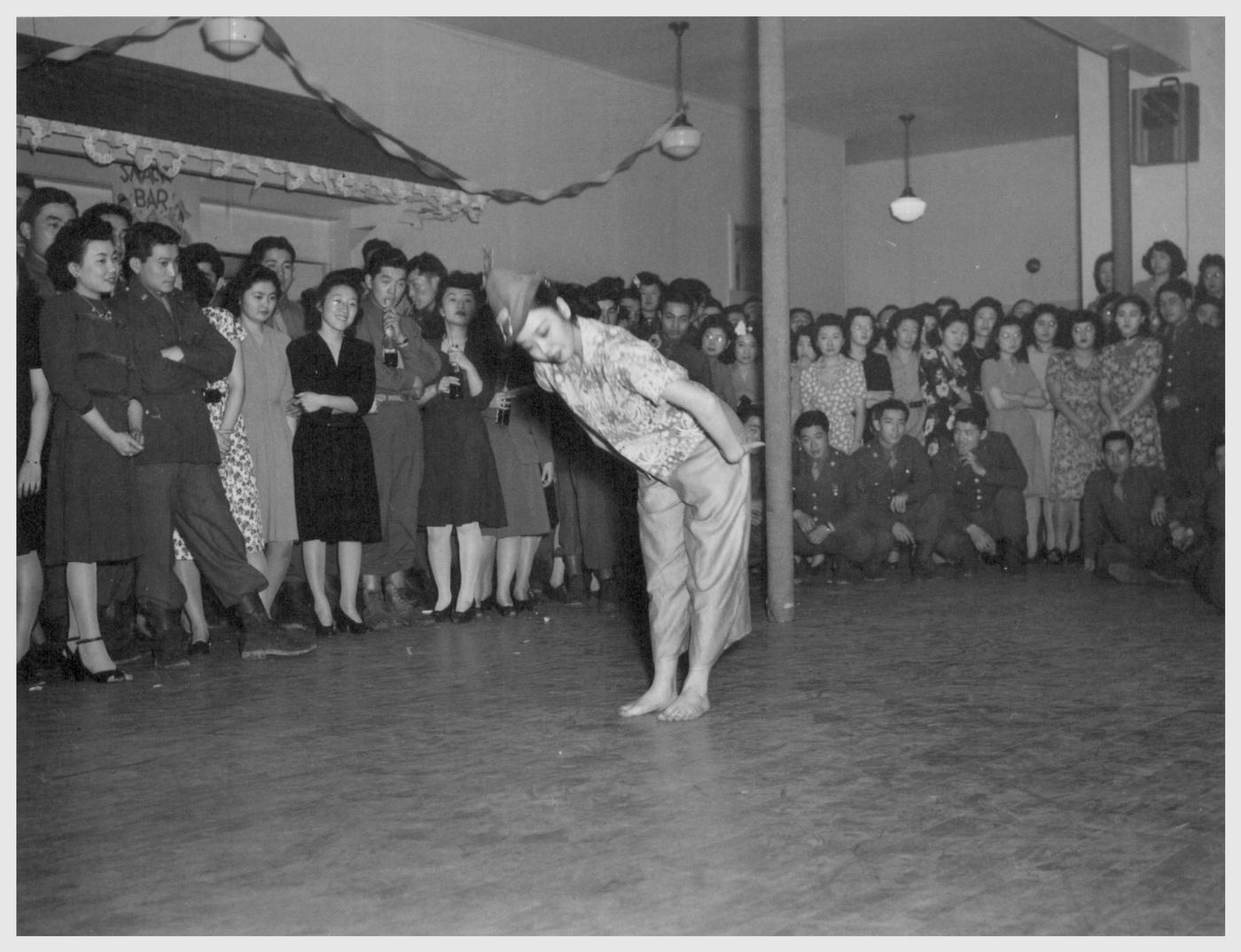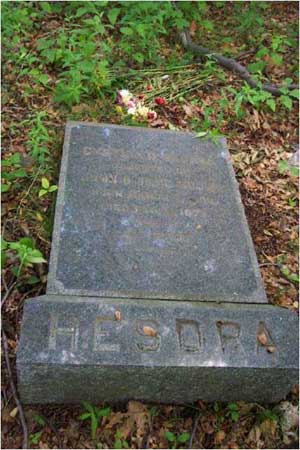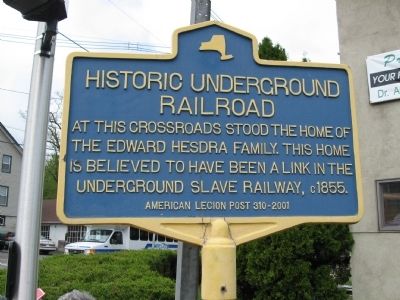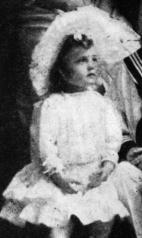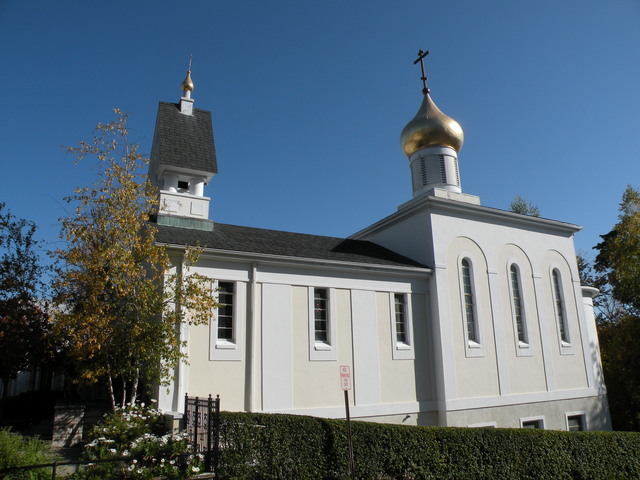I thought I’d return to discussing some of the previous “incarnations” of some of our most recognizable Nyack area buildings.
THE VANILLA FACTORY: This quirky building on the corner of Piermont Avenue and Main Street is the oldest brick commercial building in the village, having been constructed in 1836. It originated as Ross’s General Store on the main floor with various manufacturing businesses occupying the upper floors. For many years all of the space above was a shoe factory (Nyack was for a time known as “Shoe Town”). A hoist still present in the building was installed during the tenancy of a furniture moving and storage company. In 1924, Seeley & Company began manufacturing of extracts and flavorings here, and the pleasant aromas would lead to the building being known forever after as “The Vanilla Factory”. One of the most interesting incarnations was from the early 1970s to the 1990s – “The Elizabeth Seeger School” an alternative High School founded by 5 breakaway teachers from the Dalton School in NYC. Currently the building houses offices and residential space, but the old hoist and other mercantile details can still be seen around this fascinating building that has changed so little on the outside!
COUCH COURT: The building on the southwest corner of Broadway and Depew has been many things in past years, including the Orangetown Town Hall and the location where the New York State Supreme Court met several times when needing to do “downstate” business.
Built in 1854 for A.J. Storms of the Storms Tub and Pail Company, it would then pass into the hands of Captain Edwin Stillwell of the Nyack Ferry until 1882. In 1885 it was purchased by the Couch Family and gained its current name. Dr. Louis Couch would use the building to house his Homeopathic Practice and his family, including his ground breaking daughter, Natalie. I’ve mentioned the formidable Ms. Couch in a number of prior postings – she was a suffragette and great proponent of women’s rights and she was in charge of the ambulance crew that were first on the scene of the Analine Dye Factory explosion. Natalie Couch Williams was born in Nyack and graduated Wellsley College in 1907 and continued onto Fordham Law School where she graduated first in the class and became Rockland County’s first woman attorney. In Nyack, she organized the first women’s Republican Club in New York State immediately following passage of women’s suffrage in 1920. While maintaining a law office in Nyack, she would also go on to become Journal Clerk to the New York Assembly (another ‘first woman” achievement for her) and be legal secretary to NYS Supreme Court Justice Arthur S. Tompkins. She was nominated by the Republican Party and ran for the State Assembly as early as 1934 (and was defeated by another woman, Democrat Caroline O’Day who had the support of Eleanor Roosevelt, in the first woman vs. woman US election). She was married to State Senator Lawrence G. Williams.
In her 66 years, she would become the first woman elected President of the Rockland County Bar Association, the first woman to be Vice-Chair of the Rockland County Republican Committee, and the Police Justice for Grandview-on-Hudson. She was considered a key member of the election committees of Governor Thomas E. Dewey and the failed Presidential bid of Wendell Wilkie. She was hosting a “Citizens for Eisenhower” rally in Nanuet when she was stricken with a fatal heart attack in 1956. In a story about her death, The New York Times would call her “New York State Republican Leader”. Her law offices at Couch Court would become from 1942 to 1951 the Town Hall for all of Orangetown, and the Supreme Court of New York met there several times. During the time that she was the only female lawyer in Rockland, she had two male lawyers as employees of her practice.
After her death, Couch Court would house a Medical Supply outlet and other healthcare related businesses. Later renovated and refurbished, the gracious building now serves as home to my own office – Better Homes & Gardens Rand Realty of Nyack; along with the real estate investment company Rock-n-Real Estate; K.A. Consulting; internet designers Center Line Design; and a residential unit on the top floor.









